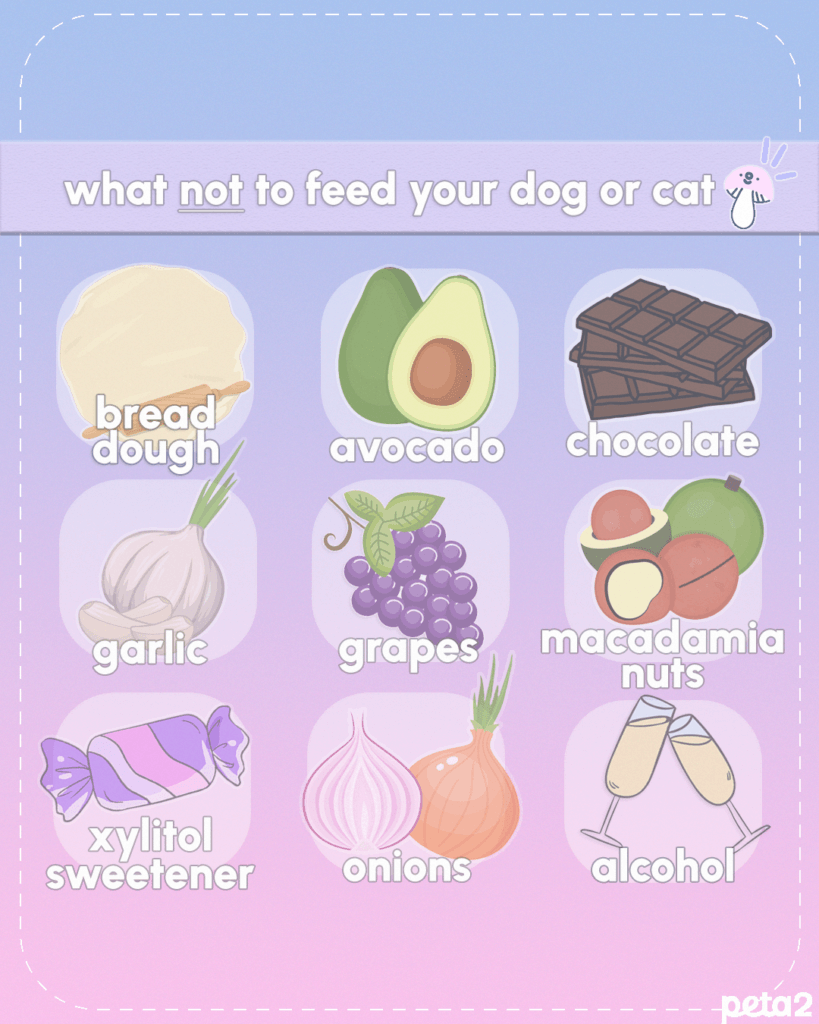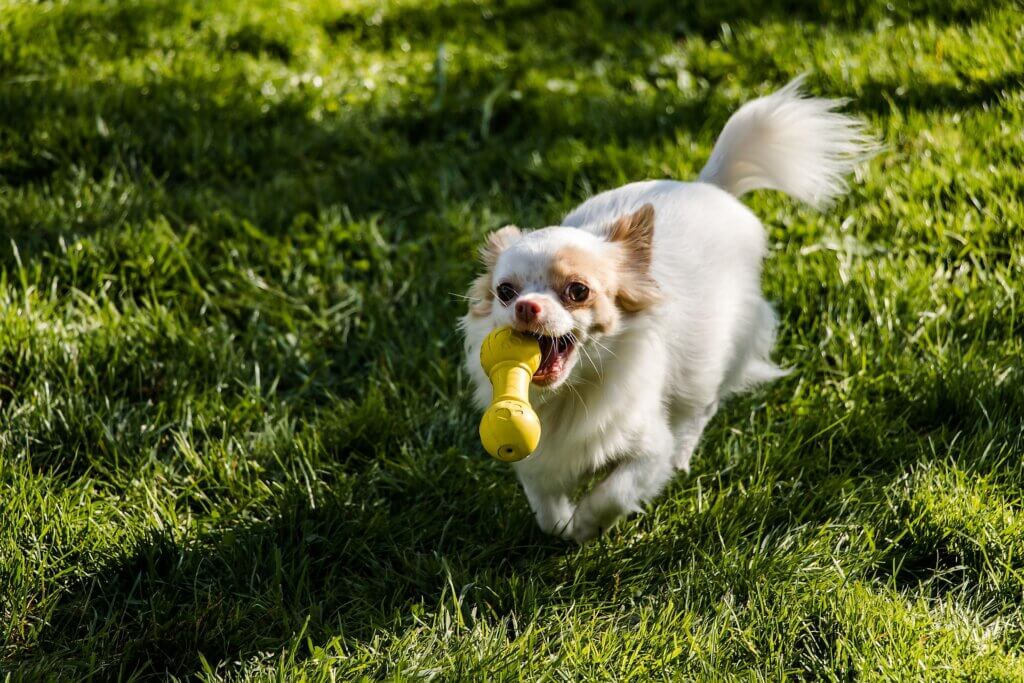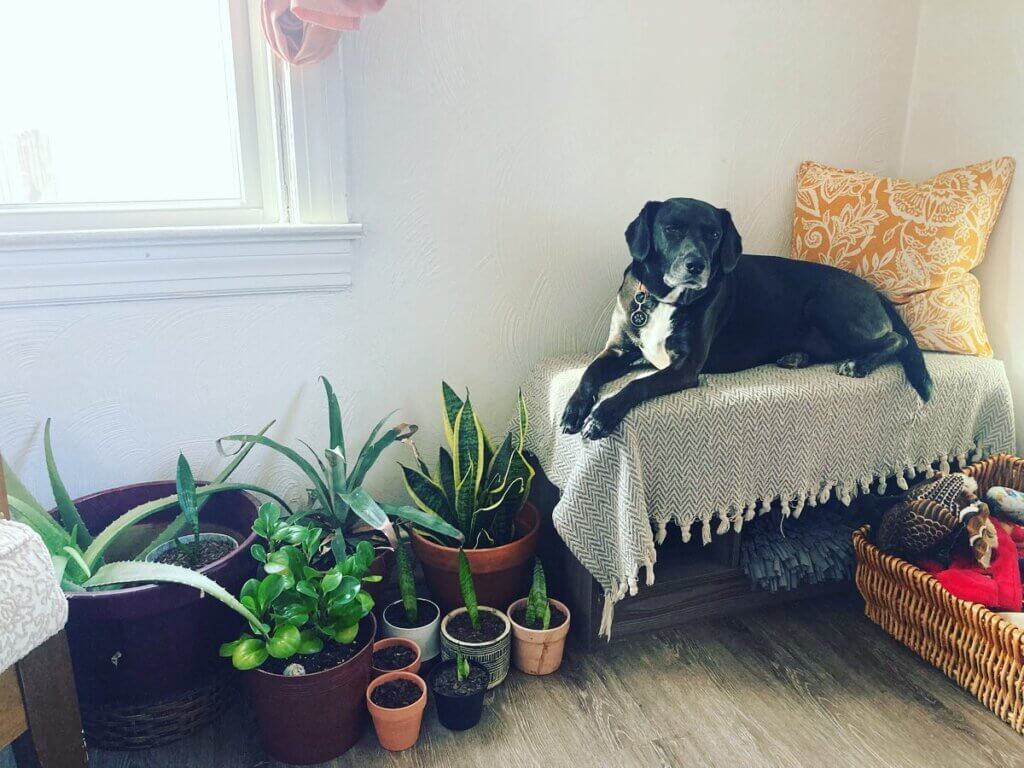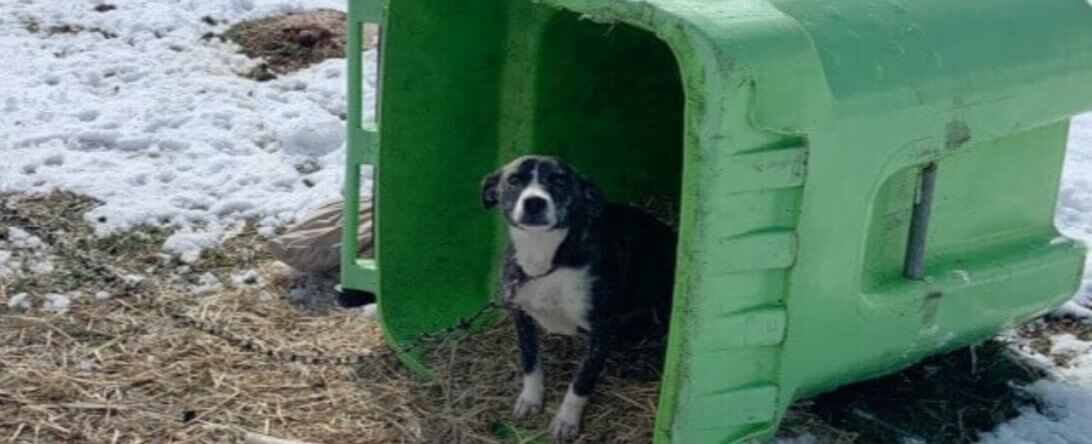16 Things to Think About Before You Adopt a Dog
You’ve spent more hours than you’d like to admit perusing sites like Petfinder, looking at page after page of dogs available for adoption. But while your heart may be ready to shower a dog with love, it’s important to think about whether you have enough time, space, and money, because caring for an animal companion is a big commitment—in more ways than one.
Here are 16 things to consider before you head to the local animal shelter and take home your new best friend (plus, check out the adorable photos of dogs adopted by PETA staffers!):
1. Take your time when deciding whether to adopt a dog.
I know it can be hard, but try to consider everything before just adopting the first dog you meet who needs a home. Do you live in an apartment or in a house with a yard? Do you travel a lot? Who’s going to let Fido out to relieve himself when you’re not home? These are all things you should think about before you commit to adopting an animal companion.
2. Are your roommates committed to protecting a dog in the home?
They may say they’re OK with a dog, but is it possible that they might leave out toxic or otherwise dangerous items, leave doors open so the dog could bolt outside, or worse? People with roommates should think seriously about bringing a dog into the home, as it’s not always safe to do so.
3. Make sure your wallet can handle it!
This may seem like a no-brainer, but dogs require a lot of care, and it can add up financially. They need grooming, regular veterinary visits (and possibly emergency veterinary trips, one of which can costs thousands of dollars), bedding, a collar, a leash, high-quality food, toys … the list goes on.
According to one study, seven out of 10 guardians considered their animal companions members of the family—but nearly half underestimated the lifetime cost of their care, which the study estimated to range from $20K to $55K for dogs and from $15K to $45K for cats.
4. Have your dog spayed or neutered.
Seriously, people, this is really freakin’ important. The best way to combat animal homelessness is to help make sure more puppies aren’t being born into a world that doesn’t have enough homes for the ones who already exist. Plus, dogs live happier and healthier lives after they’ve been sterilized. Many shelters require that the procedure be done before any animal can be adopted out, but some don’t, so be sure to have it done if that’s the case in your situation. No excuses.
5. Proper identification and microchipping are a must.
Accidents happen, and you never know if or when an accident or a disaster could separate you and your animal companion. Get a nice collar with proper tags that have the animal’s name and at least two ways to contact you or your family. Get your dog microchipped, too! If you move, update the tags and give the microchip company your new information.
Tank (above) was running loose in downtown Los Angeles, covered in dirt and grime, with no collar or microchip. He was at risk of being hit by a car or harmed by cruel people, so PETA staff answered a call to pick him up and took him to a local open-admission shelter for his safety and so he could be reunited with his guardians in case they were searching for him. When he wasn’t claimed, he was adopted by a peta2 staffer. ❤️
6. Your dog’s teeth need brushing, too.
No kidding—you’re going to have to make sure your pup’s pearly whites are just as clean and healthy as yours are. Dental health is important for overall health, so brush your dog’s chompers several times a week. Introduce the toothbrush slowly, with lots of positive reinforcement, and make this a fun habit by rewarding your pup after each brushing. And back to financial responsibility: Dogs typically require regular dental cleanings, which can be pricey if problems are found that could require tooth extractions. These regular cleanings at a veterinary hospital can cost up to $1,000—or more.
7. Don’t forget about your pup’s nails.
Dogs’ nails should be trimmed regularly so that they don’t break or get snagged on something, which can be painful, or get too long, which can affect dogs’ gait and even their nervous system. Some dogs loathe having their paws handled, so if you and your companion find nail-clipping stressful, go ahead and just take them once a month to the vet or a groomer, who can make the experience quick and easy.
Important note: Always stay with your dog at a groomer—there are plenty of horror stories about dogs being cruelly handled and even dying at grooming salons. 💔
8. And be sure to tend to their fur!
Brushing dogs regularly helps prevent nasty matting and increases circulation to their skin. It’s also a nice bonding experience. Some dogs require regular grooming, so educate yourself on best practices for at-home grooming and find out how much coat maintenance your new friend will require. Bathing dogs is only necessary if they have a skin condition or roll in something nasty, so don’t go overboard with the shampoo—it dries out dogs’ skin and robs it of natural oils. Always use a dog shampoo, which is specifically formulated for a dog’s skin.
9. Be mindful of what your dog eats.
Pretty much everyone knows that chocolate is bad for dogs, but there’s a long list of other “human foods” that could be harmful to your dog if ingested—like onions, grapes, and macadamia nuts. Make sure you give your pup high-quality food, and be careful not to overfeed. Obesity causes major health problems in dogs and makes them seriously uncomfortable. Giving them regular meals is much healthier for them than leaving food out all day for them to graze on.
There is puppy food and there is dog food, so be sure to find food that is age- and size- appropriate for your animal companion.
10. Dogs need toys and mental stimulation.
Your prized possessions are fair game if you leave them out where your pup can reach them. Dog-proof your home! Stow anything that could potentially be viewed as a new toy in a safe place—this is especially important when it comes to dangerous items (such as chemicals, electrical wiring, and sharp objects)—and leave out plenty of dog-friendly chew toys, being mindful of the size of the toys to avoid any potential choking hazard (i.e., don’t give a small ball to a large dog).
11. They also need exercise. (They’re dogs, after all!)
Take your dog on at least two nice long walks every single day (and make sure any walk lasts at least 15 minutes). Play games when you’re home, like fetch or hide and seek. Plenty of exercise + fresh air = happy dogs! As they say, “A tired dog is a content dog.”
12. Start training with your new companion ASAP.
This is a big one. Good communication and mutual understanding, which can be enhanced with regular bonding exercises and positive reinforcement, are essential. Never confine dogs to a crate, and never yell at or hit them for “misbehaving”—that would just make them afraid of you, damaging your bond. Dogs require trust, consistency, and respect in order to feel comfortable and relaxed in a human household. Training can help you better understand and meet the needs of your dog.
13. Prevent fleas, ticks, and worms.
This is especially important from late spring into fall, when fleas and ticks are in their prime. Don’t forget about heartworms, either. You can usually find them where there are mosquitoes in the U.S., and heartworm disease is fatal if left untreated. Thankfully, protecting dogs from heartworms is as simple as giving them a monthly preventive medication. Purchase effective flea, tick, and heartworm preventive products from your veterinarian.
14. NEVER leave your dog chained outdoors.
Seriously, don’t even think about it. It’s cruel and dangerous. If you know anyone who leaves a dog chained outdoors, say something! Call animal control or local authorities. And familiarize yourself with the chaining ordinances in your area to stay informed.
PETA rescued James (above) from Hurricane Florence in 2018. Just before the storm hit, PETA’s fieldworkers went door to door in areas that were expected to be affected. It was then that they met James, a dog who was chained outside 24/7 and about to be abandoned by his evacuating owners. The sweet pup was surrendered to PETA and adopted by a staffer, with whom he now has the loving home he’s always deserved.
Natural disasters happen, and it’s crucial to prepare for them ahead of time. What will you do with your animals if you need to evacuate? Here’s more info on getting prepared.
15. And NEVER leave your dog in the car even for “just a few minutes.”
Temperatures inside cars can skyrocket in a matter of minutes on even a mildly warm day. If you see a dog locked inside a hot car, report it immediately. We even have a video of what to do, so do yourself a favor and watch it—you never know when you might need to take emergency action.
16. Give your canine pal plenty of love and affection. ❤️
A dog’s life is relatively short and time goes by quickly, so seize the day and be your pup’s best friend every single day.
Share this page with your friends and family so that they can be prepared, too!
Text peta2 to 30933 for ways to help animals, tips on compassionate living, and more!

Terms for automated texts/calls from peta2: http://peta.vg/txt. Text STOP to end, HELP for more info. Msg/data rates may apply. U.S. only.










